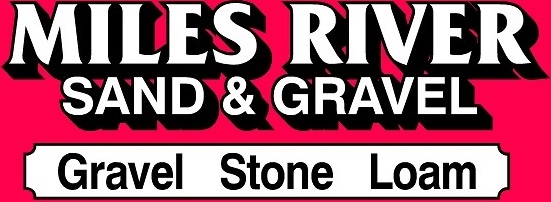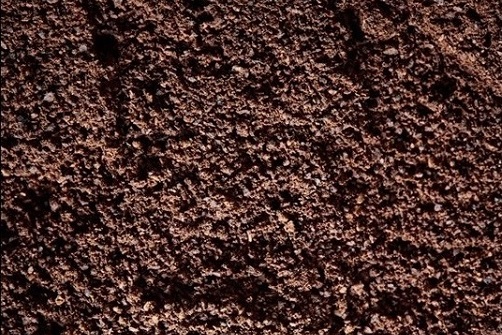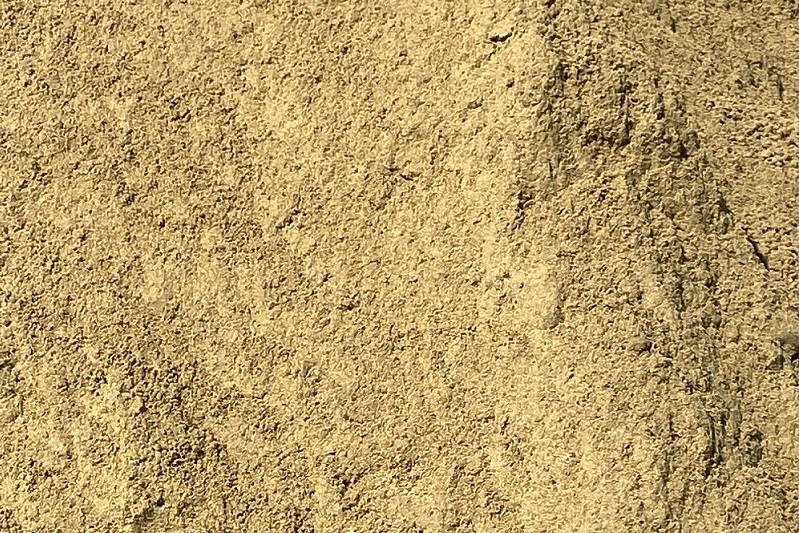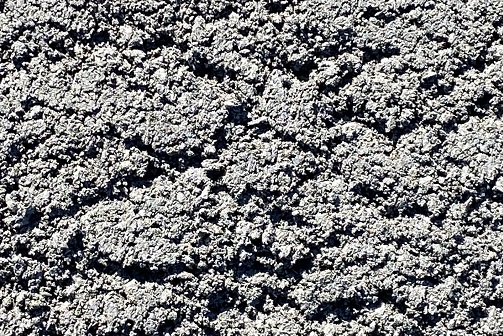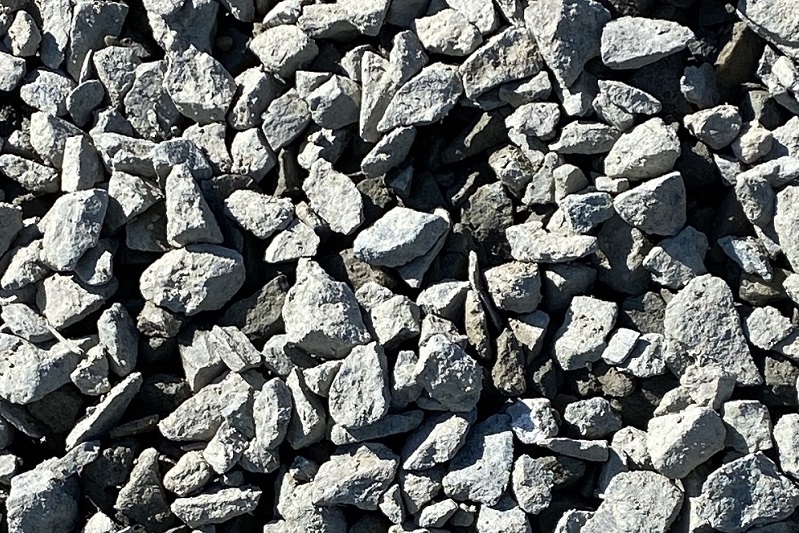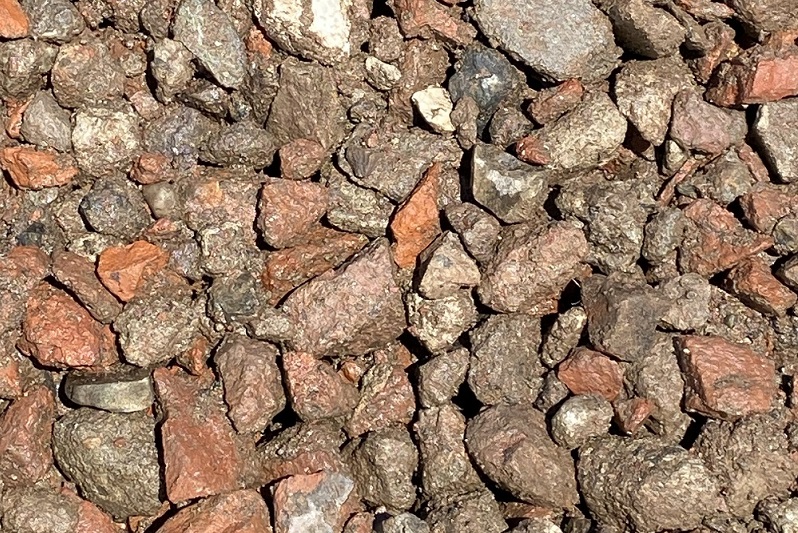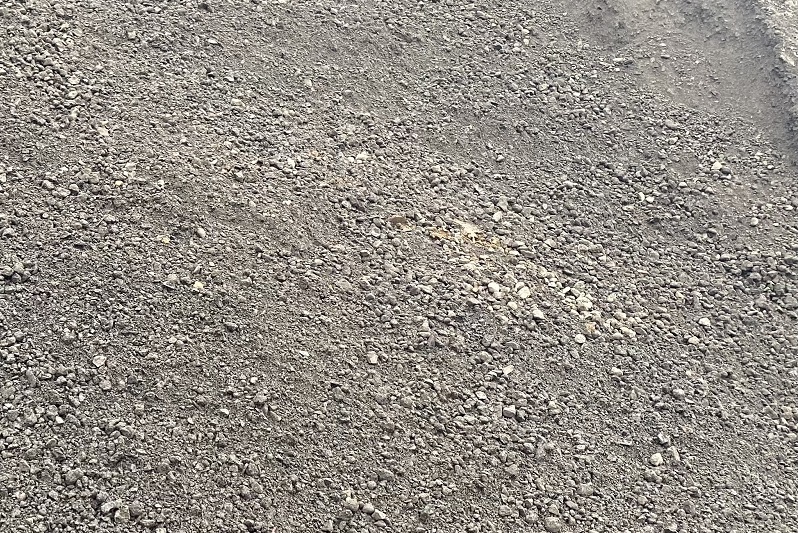Materials
Get In Touch
Materials Sold and Accepted at Miles River Sand & Gravel
LOAM
A rich, crumbly soil containing a relatively equal mixture of sand and silt and a somewhat smaller proportion of clay. Gardeners are often advised that a loamy garden soil is best for just about all plants
Gravel particles are larger than sand, ranging from 0.08 to 4 inches in diameter. It can be further classified by diameter size as granules (0.08 to 0.16 inches), pebbles (0.16 to 2.5 inches) and cobbles (2.5 to 10 inches). Rock particles larger than 10 inches in diameter are considered boulders.
SAND
Sand consists of tiny particles of rock between 0.002 and 0.08 inch in diameter, which is about the size of a grain of salt. In the natural world, sand results from larger particles of rock that has been weathered down to this size. Most commonly, sand contains igneous rocks, such as quartz, feldspar and mica, which come from a granite source. Sand also can be made mechanically by crushing larger pieces of rock.
STONE DUST
Pulverized stone used in the construction of walkways or other stable surfaces. The dust is mixed with soil and compacted or used with gravel to fill spaces between irregular stones. Stone dust is a by-product of stone crushing operations.
3/4″ Stone – 3/4″ Crushed Stone is all crushed rocks which have all passed through a 3/4” square screen. The crushing process results in a very angular finished product. This material will range in size from 3/4” down to the 1/2” and everything in between.
CRUSHED STONE
Crushed stone production was about 1.20 billion tons in 2013, and valued at more than $11 billion, according to the U.S. Geological Survey (USGS). (More can be found at the U. S. Geological Survey and Mineral Resources Program.)
GRANITE
In geology, gravel is any loose rock that is larger than two millimeters(mm) (about 1/12 an inch) in its longest dimension but no more than 63 millimeters (about 2.5 inches).
